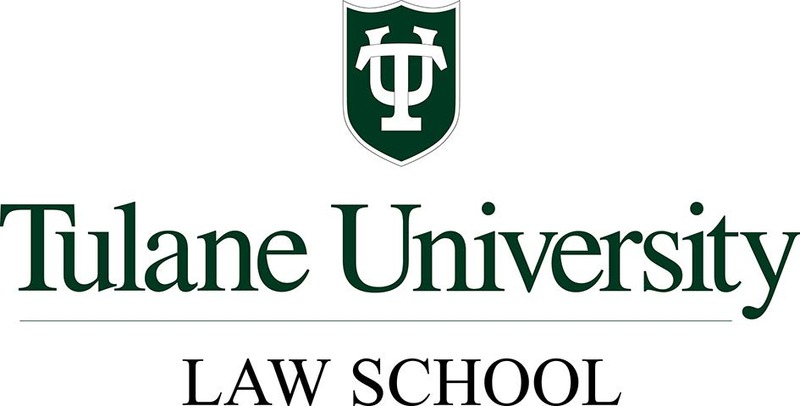This new research by Sally Brown Richardson at the Tulane University Law School is titled “Abandonment and Adverse Possession“. It appeared in the Houston Law Review, Vol. 52, No. 1385, 2015.
The number of vacant properties across the U.S. jumped by 4.5 million between 2000 and 2010, an increase of 44%, due to a variety of factors, such as the financial crisis and natural disasters. Vacant properties create a vicious cycle of negative externalities: abandoned property breeds blight and crime, thereby further depressing the economy, which leads to more abandoned property.
Solving the problem of abandonment is a top priority for municipal leaders, but effective means of putting abandoned property in the hands of a private owner are hard to come by. Cities have experimented with a variety of solutions ranging from eminent domain to land banks to enticing owners to return to their abandoned property through grant money.
This Article proposes an alternative solution for abandoned property: adverse possession with a reformed possession requirement. This Article argues that the traditional application of the possessory requirement for adverse possession should be modified when the true owner has vacated his property. In this instance, actual possession should be unnecessary; instead, a notice of intent to possess should be sufficient to acquire abandoned property through adverse possession.
By altering the doctrine in this manner, adverse possession can be an efficient solution for private parties to acquire ownership of abandoned properties while still offering a temporal safety net to protect true owners. Furthermore, expanding possession in this manner allows the doctrine to serve as a tool for market discovery that encourages adverse possessors and true owners to transfer ownership through voluntary bilateral transactions.

